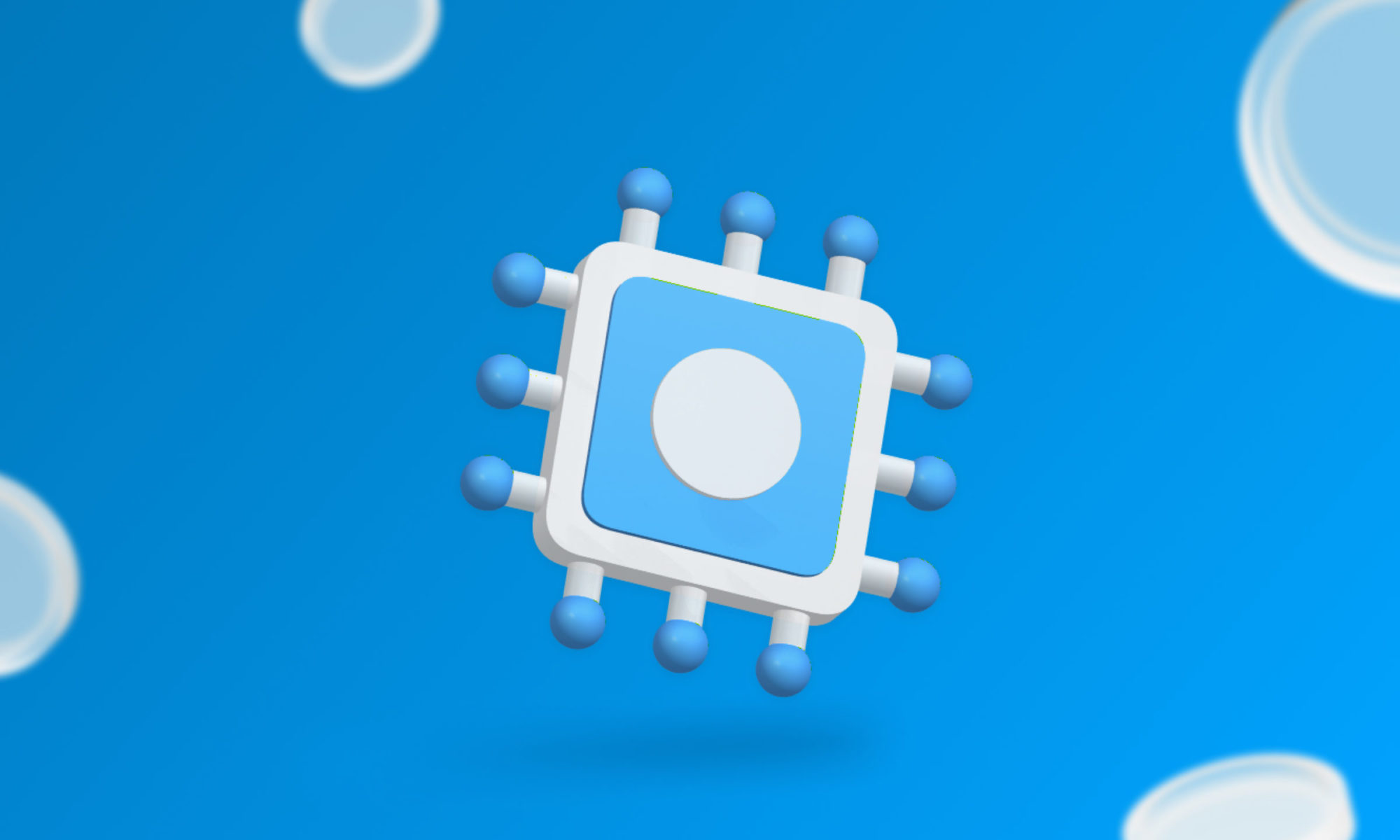Artificial intelligence is also conquering the Web3. What is crypto AI, and what innovations will it introduce?
The fusion of blockchain technology and artificial intelligence is now much more than a trend, primarily since the launch of Chat GPT and other similar services, i.e. since its potential was understood. Less than two years later, many of us use these types of services daily, even if there is a feeling that the current scenario is only the tip of the iceberg.
AI and cryptocurrencies will most likely become increasingly part of our lives. But can these two technologies work together, and, more importantly, why should they?
Access Young Platform
Artificial intelligence and cryptocurrencies
Artificial intelligence has been the key technology of the past two years, and cryptocurrencies and blockchain achieved supremacy, at least in part, during the bull run 2021. The big difference in adoption between these two technologies concerns the user experience, as the currently available examples of AI models are easier to use than blockchain protocols and decentralised applications. However, huge strides have been made in this regard in recent years.
However, the two key technologies of this decade can collaborate, and the crypto AI protocols that have emerged in recent months offer valuable support for this thesis. The convergence of blockchain and artificial intelligence became mainstream when ChatGPT was released. OpenAI’s chatbot was designed to interact with users like in a normal chat conversation with which everyone is familiar. On the other hand, the final consecration came in recent months after the staggering performance of Nvidia’s stock, which was, albeit briefly, the world’s largest company.
Since then, many crypto AI projects have sprung up, while existing ones have attracted attention. Moreover, some key protocols have intercepted and exploited the situation by reorganising and modifying their vision in a manner consistent with the needs of this new market segment. For instance, Filecoin has ridden the hype wave on artificial intelligence by offering itself as a storage service provider for emerging AI companies. Or Near, which is harnessing its large roster of developers to create decentralised, self-modifying AI based on user behaviour.
In short, these technologies can coexist; indeed, it is likely that they will. According to Alexander Good, author and respected Key Opinion Leader (KOL), the capitalisation of crypto AI could reach $2 trillion in the next few years, while Grayscale, the world’s largest crypto investment fund, has just launched its exclusive financial product for this sub-sector.
Decentralised AI models: what problems do they solve?
We can start with a technical assumption to answer the question posed in the subtitle, but don’t worry, nothing too complex. Blockchain and AI models feed off the same power source: computing power. In the same way that miners use powerful machines made up of video cards (GPUs) connected in series, the same computing power is used to train artificial intelligence models to make them increasingly accurate and thus useful. In this sense, crypto AI projects such as Render (RNDR) or Bittensor (TAO) deal with tokenising computing power that can then be exchanged and used by network users. Thanks to this possibility, AI models can become more accessible and decentralised. The immense power of artificial intelligence is, today, concentrated in the hands of large and prosperous companies that own the supercomputers needed to ‘run’ them.
The decentralisation discourse also applies to data indexing, i.e., the process of organising and returning data to users that ‘Chat GPT-style’ chatbots and search engines constantly perform. For instance, a protocol such as The Graph takes on-chain data and organises it, making it readable to users, all decentralised. It also uses Semiotic AI to automate searches within its data containers.
Explore Crypto AI
Let us now take a look at the main three objectives of the crypto AI segment and the projects related to them:
- Building decentralised artificial intelligence services and facilitating user access: In this respect, the main project to watch out for is the Bittensor (TAO) mentioned above, a centralised machine learning platform with more than 90,000 users. Through Bittensor, particularly its sub-networks, it is possible to generate texts, translations, and images that are very precise regarding the prompts you enter. In short, it is a fully decentralised GPT Chat with an internal economy that rewards users who secure it and those who use it.
- Solving the main problems encountered by AI platforms, such as the authenticity of information and deep fakes (fictitious videos or photos in which the image of a public figure appears). In this sense, crypto AI projects can exploit the key features of blockchain technology, particularly its decentralised nature, transparency, and immutability, to protect users from these threats.
- Managing the infrastructure networks and resources required for technology development, particularly storage and GPU computing power. In this sense, the projects that stand out are Filecoin (FIL) and Render (RNDR). As already mentioned, the former allows users to store data through a centralised peer-to-peer cloud-based architecture. This is a perfect solution for emerging artificial intelligence companies.
Render, on the other hand, thanks to its decentralised marketplace for graphics rendering, allows anyone who wants to access the service, whether designers or artificial intelligence models, to do so without having to buy expensive equipment.
Crypto AI: our thematic Moneybox
Now that you know all the main applications of crypto AI and the problems they solve, you just have to discover our new ‘Artificial Intelligence’ Moneybox. We, like Grayscale, intend to enable our clients to gain exposure to this promising sector.
Our Crypto AI cocktail consists of three delicious ingredients: Render (RNDR), The Graph (GRT) and Near (NEAR).
Young Platform’s crypto Moneybox is a separate wallet from the one you normally use to store your cryptocurrencies. It is used to set aside your favourite cryptocurrencies for the long term, avoiding spending them on everyday or frequent transactions. Of course, you also have the option to ‘put your own spin on it’ by creating a Customised Moneybox and choosing up to five cryptos to include and the percentage to distribute on each.
If you want to learn about this functionality, you can consult the guide about Moneyboxes functionality.



